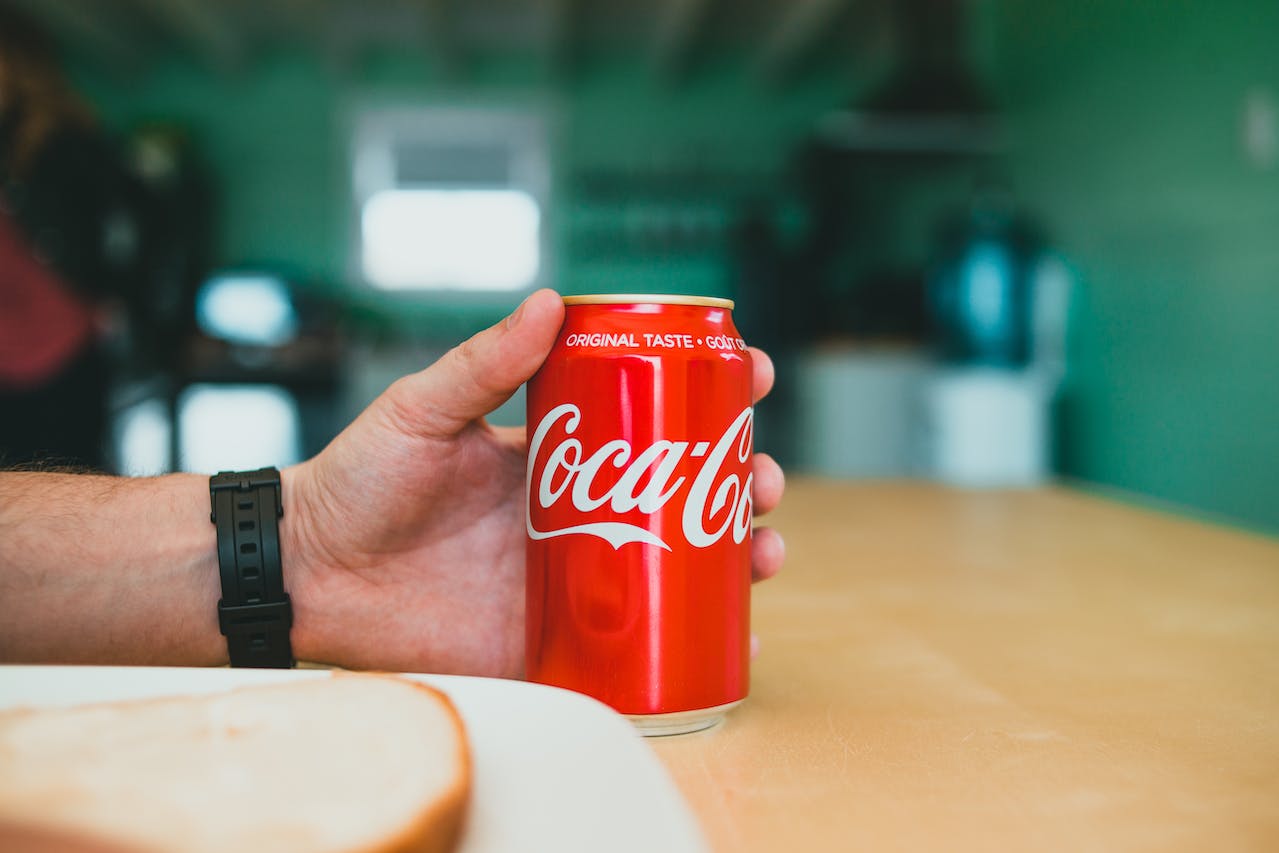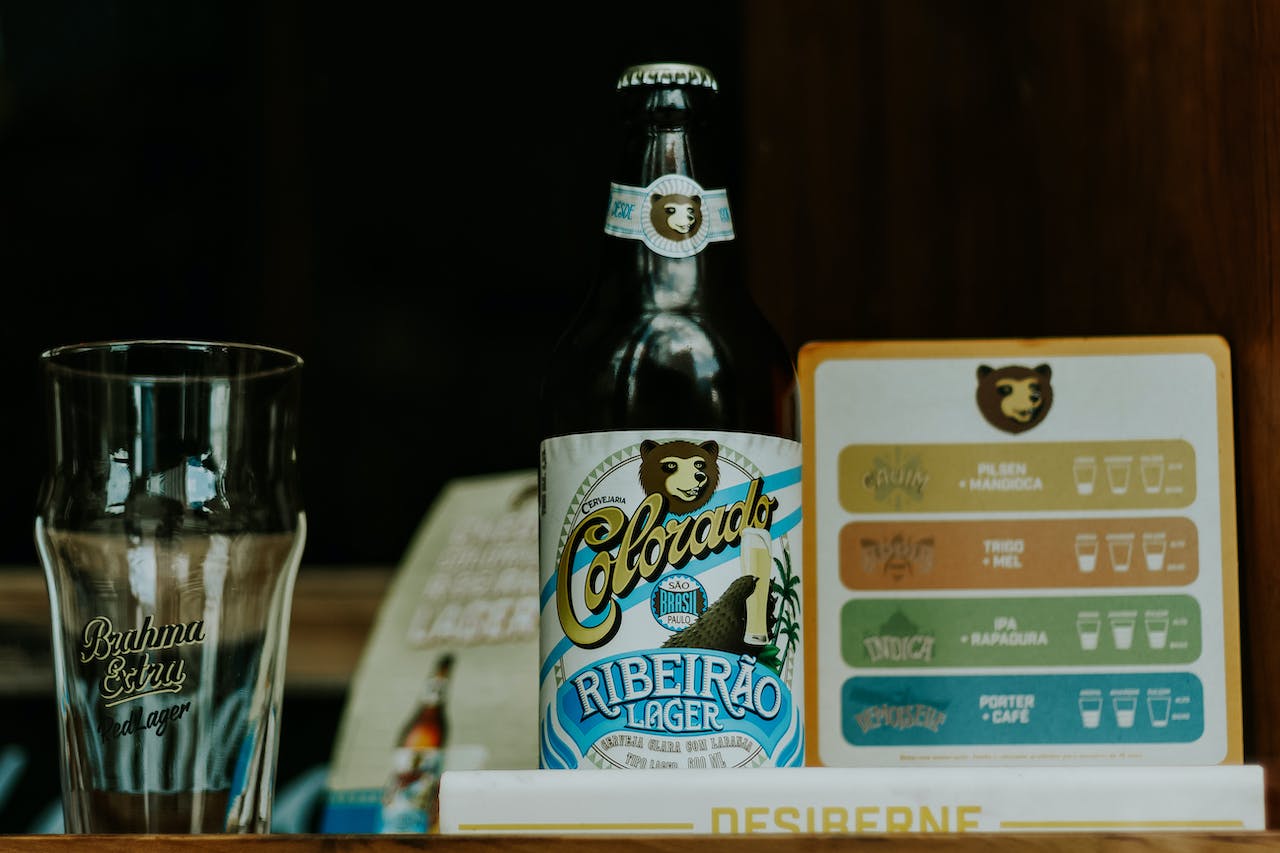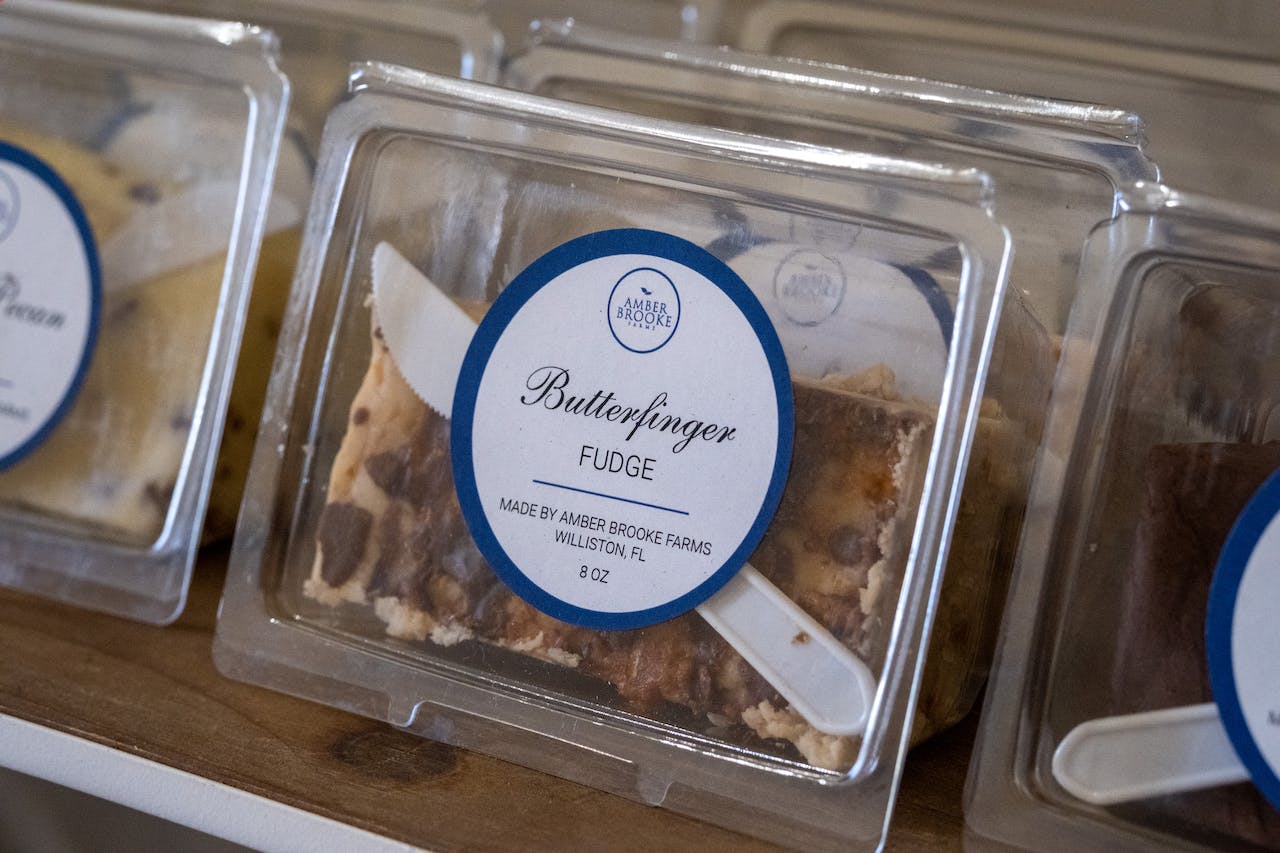
In today's world, many people want food that not only tastes good but also has health benefits. Functional foods, which provide both nutrition and wellness advantages, are becoming increasingly popular.
Building a successful functional foods brand involves a mix of being creative, understanding what people like, and making sure your products are suitable for their health. It's not just about selling products; it's about creating something that fits into people's lives and makes them feel good.
This article is about 10 things you need to create a successful functional foods brand. We'll explore the essential things you need to know to make your functional foods brand stand out and be successful.
We'll talk about different aspects, from knowing what people want to deal with rules about food. Whether you're just starting or looking to improve, these insights can help you in the journey of making your functional foods brand a success.
What Are Functional Foods?
The term "functional foods" refers to foods that have components that provide health advantages that go beyond the products' nutritional value. Certain varieties include extra ingredients or additives meant to enhance health.
In an attempt to improve public health, government organizations in Japan began certifying foods with shown health advantages in the 1980s, which gave rise to the notion.
Foods enhanced with fiber, probiotics, vitamins, or minerals are a few examples. Nutrient-dense components such as fruits, vegetables, cereals, nuts, and seeds are frequently regarded as functional foods as well.
The functional food ingredients market is expected to reach $125.65 billion in 2025 at a CAGR of 7.8%. For example, beta-glucan, a kind of fiber found in oats, has been demonstrated to boost immunity, lower inflammation, and improve heart health.
In a similar vein, functional food also contains antioxidant-rich fruits and vegetables, which are advantageous substances that aid in disease prevention.
10 Steps To Create A Successful Functional Food Brand?
Know Your Consumer’s Persona
You must be aware of how your intended client(s). to the extent that you can envision people discovering your brand while out shopping. You can only make sure your brand meets their requirements and exceeds their expectations if you know who they are, what they need, and what they desire.
To make sure you are aware of any consumer personas (what is a persona?) you wish to interact with, it is worthwhile to brainstorm your brand. Conversely, it's highly beneficial to know who you don't want to attract.
Decide On Your USP Clearly
Understanding your important clients is one way to get to know your brand better. You have your USP if you can clearly see how your product meets the most critical demands of your target market.
While some businesses approach this the opposite way, beginning with their USP, which aids in defining their target audience, it should always be predicated on an open and sincere evaluation of your offering. Test the uniqueness of your unique selling proposition (USP) and the optimal placement for your food brand or product by using your rivals.
Ensure Your Brand Story Is Compelling And Clear
A brand narrative is now a necessary component of every successful food brand's marketing arsenal, not just a nice to have.
For smaller artisanal producers, this is one of your primary differentiators from larger food companies, who sometimes have to impersonate or purchase a smaller company in order to obtain their brand narrative.
Customers are drawn to businesses that have a personal narrative or mission and that they can relate to. Spending time honing and presenting your narrative in the greatest possible light is time well spent.
Increase Brand Loyalty By Emphasizing Advantages
Clearly define the features and advantages to help customers understand the value offered.
Social Benefits
This represents the customer's status inside their social circle. Basically, what does using the brand say about their way of life? Is the product environmentally friendly and sustainable? Is it an approved B-company? Do you support female entrepreneurs? Customers are searching more and more for companies that share their beliefs and interests in society.
Benefits For Emotions
How does the customer feel after using your product? What is the user experience like for them? It could raise energy levels, boost mental function, improve self-esteem, etc. Alternatively, it could appeal to a deeply rooted memory and sense of genuineness – a taste of their native country.
Functional Benefits
What are the real-world effects of utilizing your product? It could have a positive impact on their health; "green tea can help prevent cancer" and "turmeric is an immunity booster" or their wallet, "it's a good value."
Alternatively, the product is visually appealing or straightforward to produce. Consider the functioning of your product while considering its size, color, packaging, weight, and nation of origin.
Evaluate the product's availability as well. Are customers aware of the product's description and retail location? Do you primarily sell online or through physical stores? Omnichannel sales are becoming the norm for most businesses.
Select The Functional Ingredient
The functional substance that can deliver the intended health benefit must be chosen next. This might be a genetically modified creature, a natural or artificial chemical, or a microbe.
You could decide to incorporate probiotics, omega-3 fatty acids, or plant sterols into your functional food. The functional ingredient's cost, availability, stability, and bioavailability must be taken into account, along with how well it works with the food matrix and processing techniques.
Formulate The Functional Food
The functional food that includes the functional component must next be formulated. This might be a unique meal like a bar, a pill, or a gel, or it could be a traditional cuisine like a dairy product, cereal, or beverage.
The food's shelf life, packaging, labeling, and sensory, nutritional, and functional aspects must all be maximized. It is vital to confirm that functional food satisfies the legal and ethical prerequisites set out by the industry.
Make Sure Your Branding And Logo Are Original And Distinctive
Many artisan producers may view branding and logo development as a concern once they are established due to their enthusiasm for their product. Sadly, this misses the point of branding, which is that consumer engagement and product purchase are essential to success.
It makes sense that a good product should succeed, yet a lot of delicious ones have failed because they couldn't draw in the appropriate kind of customers. A distinctive and one-of-a-kind food brand will close the crucial gap between awareness and purchase.
Create Stunning Packaging That Is Fit For The Purpose
Similar to branding, food packaging design may be viewed as less important than the product's quality, missing the mark on the fact that good packaging conveys the brand message as well as serves as a means of containment.
Making the decision to use glass instead of plastic, selecting the appropriate colors, and designing your package all convey something about your business.
Make sure whatever it says works for the brand, not against it, and is within your authority. Shops now demand precise package specifications, such as shippers that are ready for the shelf and barcodes that are easily visible.
Be Passionate About Your Brand
Food is a passion for foodies. People want to know what's in it, how it was made, and where it came from. Like that, and become the most well-known supporter and evangelist for your product after all; If not you, then who?
A product's components list or slogan won't convey consumers about your product as much as your pride and attention to detail would. Having passion will draw in additional supporters, who may then work for you as unpaid salespeople.
Have A Clearly Defined Brand Strategy
In branding, nothing is more accurate than the proverb, "Failing to plan is planning to fail." You will know where your functional food brand will finish if you have a plan or strategy in place to develop it.
Though your plan may alter over time, at least you are in control of the decisions you make rather than being forced to follow orders. You have no control over the success or direction of your brand without a plan.
7 Ways Of Marketing And Promotion Of Your Functional Food Brand
Online Presence
Having a solid online presence is essential for marketing functional food businesses in the digital era. Make a captivating website that highlights the benefits of your products, brand, and line of offerings.
Creating an online storefront gives customers the convenience of making purchases from your merchandise. Use social media sites like Facebook, Twitter, and Instagram to interact with your target market, provide exciting material, and create a brand community.
Social Media Marketing
Make use of social media as an effective marketing and promotion tool. Communicate with your audience on a regular basis by publishing tales, interactive material, and blogs. Work together with celebrities who are health-conscious and influencers to expand your company's audience.
To establish credibility and trust, distribute testimonies and user-generated material. To target particular groups interested in functional meals, think about executing customized advertisements.
Content Marketing And Blogging
Provide insightful and useful material about nutrition, health, and the advantages of your functional foods. On your website, keep up a blog where you may post guides, recipes, and articles.
Being recognized as an expert in the industry draws in new clients and strengthens the legitimacy of your business. By responding to their queries and worries in your material, you may interact with your audience.
Influencer Collaborations
Collaborating with wellness and health influencers may significantly increase your company's awareness. Find influencers whose followers are likely to be interested in your items and whose values coincide with yours.
Influencers should be encouraged to produce material showcasing your functional meals, share their stories, and advertise any sales or events.
Email Marketing
Create and manage a mailing list to tell your audience about the release of new products, special offers, and information about health.
Create exciting newsletters with valuable material for your readers, such as recipes, special offers, and instructional articles. Employ tailored correspondence to enhance your rapport with clients and promote recurring business.
Retail Partnerships
Work together with brick-and-mortar and online shops to grow your distribution network. Creating alliances with specialized shops, supermarkets, and health food stores can help your functional foods get more attention.
Use in-store marketing strategies, such as product displays and samplings, to draw in potential consumers.
Strategic Events And Sponsorships
Engage in pertinent trade exhibitions, health expos, and industry events to promote your functional food items. Your brand will be in line with a healthy lifestyle if you sponsor fitness and health events. Think about planning seminars or events to interact with customers directly, provide product samples, and get input.
A comprehensive marketing plan for your functional food business combines offline and online strategies. You may efficiently market your business, educate customers, and cultivate a devoted client base by utilizing digital channels, interacting with influencers, and taking part in strategic events.
Frequently Asked Questions
Why Is A Unique Value Proposition (UVP) Crucial For A Functional Foods Brand?
It sets the brand apart by highlighting distinctive features and benefits, attracting consumers.
How Can Entrepreneurs Ensure The Quality Of Ingredients In Their Functional Foods?
By sourcing high-quality ingredients from reputable suppliers and prioritizing nutritional benefits.
What Is The Importance Of Complying With Food Regulations For A Functional Food Brand?
Ensuring regulatory compliance builds trust with consumers, indicating the brand's commitment to safety and quality.
A Quick Recap
Talking about 10 things you need to create a successful functional foods brand, building a successful functional food brand requires a strategic blend of innovation, market understanding, and consumer engagement.
From the initial steps of market research and defining a Unique Value Proposition to embracing digital marketing, retail partnerships, and continuous innovation, each element plays a pivotal role.
In a dynamic industry driven by health-conscious consumers, staying adaptable and responsive to evolving trends ensures the sustained growth of a functional foods brand, fostering both consumer loyalty and a positive impact on the broader health and wellness community.




